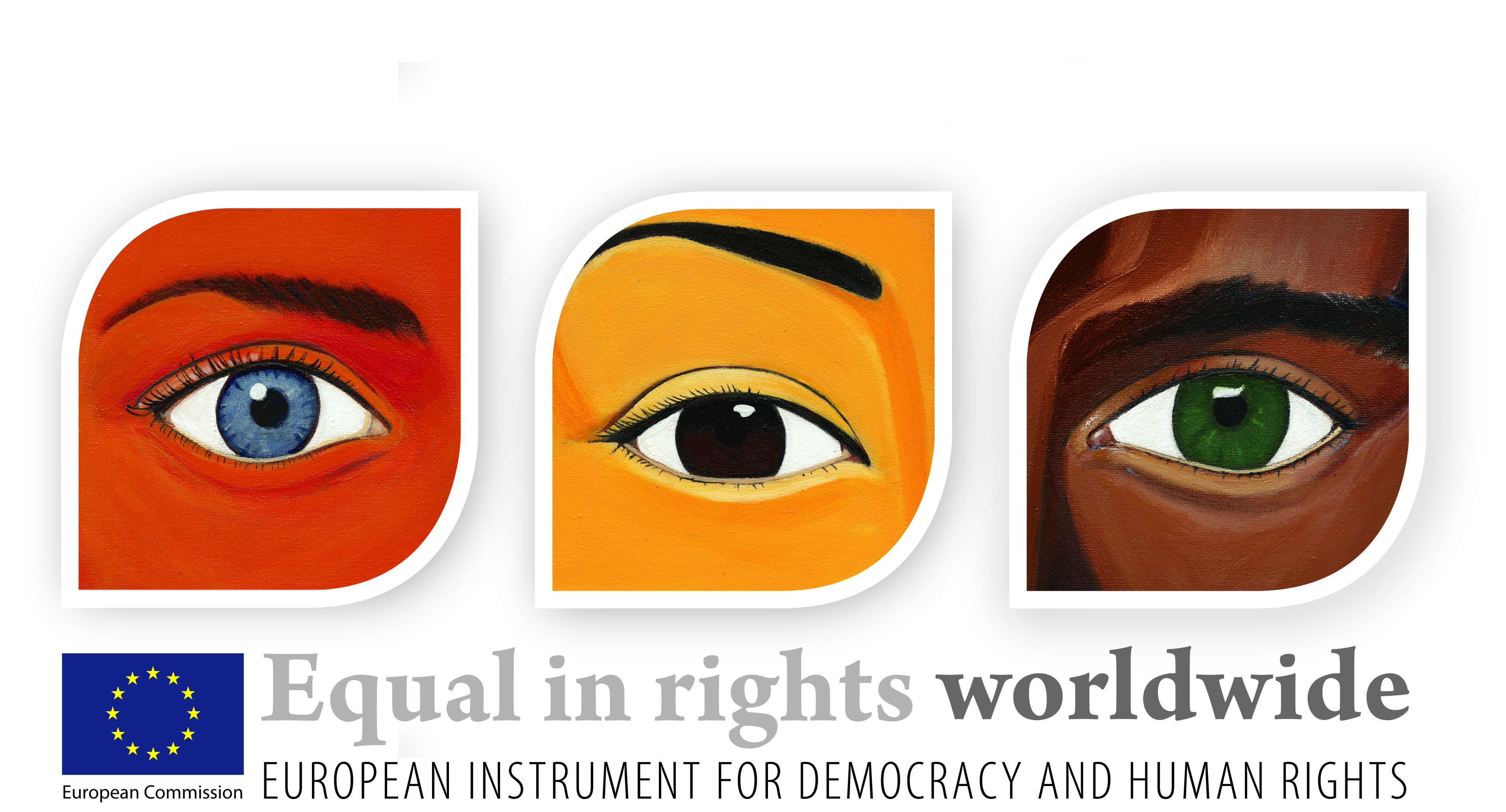
How do we build a caste-sensitive internet? This is the question that the last lecture of the series “Decolonising media, communication and technology studies: An (anti)caste perspective” attempted to answer. Delivered by Dr. Murali Shanmugavelan, Faculty Fellow of Race and Technology at Data and Society, the third lecture explored strategies and reflections on the challenges and opportunities to create an online experience that is truly freeing and inclusive to everyone, regardless of caste.
Dr. Shanmugavelan noted that certain structures in how the internet works can be inherently disempowering to non-dominant castes. For instance, the matchmaking website Shadi.com allows users to choose to be matched with potential partners that are from their own caste. At the surface level, this can be written off as allowing people freedoms to pursue relationships with whoever they want, but from a caste-sensitive perspective, this perpetuates the notion that one can only choose partners from their own caste, limiting and policing social mobility online.
Another example is the photos displayed by online repositories such as Google or Getty Images. When freelance photographers and content creators submit their work to these platforms, they tag photos depicting Brahmins (historically considered a dominant caste) in a positive light, while photos depicting lower castes are connected to terms such as “polluted”, “oppressed” and “victimised”. Through interactions with the internet and online platforms, machine learning has been designed to discriminate against caste, affecting online experience and knowledge making around caste.
He also underscored that anti-caste sentiments manifest in platform economies. For example, an online platform that services families in need of domestic helpers uses a filter so clients only get applicants from a specific caste – those that are from a non-dominant caste never get selected and the algorithms could potentially deplatform them for not bringing in business or for not being as active as they should be.
As Dr.Shanmugavelan highlighted, there are plenty of ways that anti-caste perspectives can have real-life consequences for people, especially when they go online. These should not go unchecked and there has to be strategic and drastic changes to truly build a caste-sensitive internet.
Facebook, Twitter and YouTube recognise caste as a characteristic that must not be discriminated against, like age, race, religion or belief. However, this recognition is useless without a deeper understanding of caste and digital culture. The current algorithms may crawl through spaces with thousands of people in them, but they could miss a smaller group of people who are spewing hate speech based on caste.
So what can be done? Dr. Shanmugavelan presented three key recommendations:
-
Social media platforms can build caste-sensitive conversations through thoughtful content moderation and filtering. South Asia is the largest market for social media and it is only fitting for platforms to invest resources in creating a caste-sensitive experience for South Asian communities
-
Dalits (historically seen as a non-dominant caste) should be given more active and meaningful representation in technology and platform building. Platforms and companies should bring in more Dalits for coding, development, machine learning and programming so they can lend a more sensitised perspective in the development of these online platforms.
-
Algorithms should be caste-sensitive. Developers have to pay close attention to the trends that their platforms are picking up and ensure that monitoring and corrections are done extensively so anti-caste sentiments do not go unchecked. It is also time to commit to translating community standards in local languages so that more people can understand them and how these standards apply to their interactions on the platforms.
Dr. Shanmugavelan also noted that data on caste-based hate speech and discrimination online should be made available so these instances can be studied and analysed. Finally, he noted that digital rights groups and human rights defenders working in the South Asian region and beyond should consider looking at caste as a strategic priority of their advocacies.
Listen to Part III of the lecture series here:
The summaries and recordings of the previous lectures of this series can be found here:
Lecture 1: Dewesternising media, communication and technologies research (Unpacks why caste in communications needs better scholarship)
Lecture 2: A proposal for caste-ing out media (Explores the role that the media plays in ushering in a caste-sensitive society)
Disclaimer: APC organises these discussion spaces to foster reflection and exchanges of perspectives on issues that are crucial to advance human rights and to push back against hate speech and discrimination. We find significant value in bringing together a diversity of perspectives and opinions. The reflections of the presenters and participants are their own and are not representative of APC's views on these matters.
This lecture series is being organised by the Challenge project, which is funded by the European Instrument for Democracy and Human Rights.
